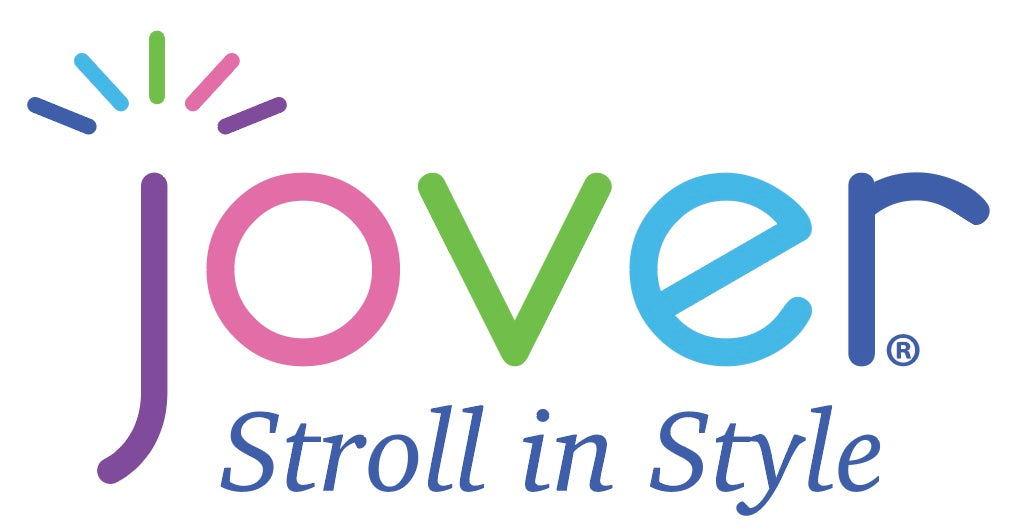Natural disasters seem to be a constant presence in today’s headlines. While they’ve always been part of our world, advancements in technology now allow us to predict and prepare for many of these events more effectively. For individuals with disabilities, preparation goes beyond the basic essentials. In this post, a Jover team member reflects on her experience helping her mobility-challenged father navigate hurricane season, sharing valuable insights and practical tips meant to help ensure that safety, dignity, and independence are not compromised.
The following is a glimpse into her experience and the lessons she has learned along the way:
Florida, where my father resides, has long been vulnerable to hurricanes. Despite years of perfecting his preparedness plan, back-to-back hurricanes this past month caused significant anxiety, prompting him to refocus and seek improvements. As someone who relies on an electric scooter, his mobility challenges add a layer of complexity to his disaster preparedness efforts. His new and improved plan retains the tried-and-true tips we had developed over the years based on his shelter-in-place preference, but has expanded to contemplate the option of evacuation if needed or required.
Tried-and-True Tips:
1. Water. One of the primary concerns after a hurricane is access to clean water. In the days leading up to a storm, grocery stores often experience a rush for bottled water, leading to shortages and overwhelming crowds—especially challenging for those with mobility issues. To avoid the chaos of battling for heavy water bottles, my father opts for a simpler strategy: filling thermoses, pitchers, water bottles, bathtubs, sinks, and even coolers with water. This approach allows him to have an ample supply of stored water without having to navigate pushy crowds and handle heavy loads of bottled water.
2. Food. Given the possibility of store closures, blocked delivery routes, and the lack of electricity for refrigeration and cooking, maintaining a well-stocked pantry with shelf-stable foods is essential. We prioritize easy-to-open items that accommodate my father’s limited dexterity. His staples include whole grain cereals, apples, dried fruits, nuts, beef jerky, nut butters, sliced bread, honey, and crackers. These nutritious options do not require cooking or refrigeration and are typically available throughout the pre-storm food purchasing surge. Additionally, they are suitable for everyday consumption, ensuring that my father isn’t left with towers of canned food to store at the end of hurricane season.
3. Batteries. While having extra batteries for radios, flashlights, and portable fans is essential for everyone, my father also needs to consider his mobility aid. Part of his pre-storm preparation includes ensuring his scooter is fully charged and that he has a fully-charged backup battery ready to go.
4. Safe Spaces. Tornadoes often accompany hurricanes, making it essential to have a designated safe area in the home away from windows and as secure as possible from falling trees. For individuals with mobility challenges, this means ensuring the space is easily accessible and free from hazards. Given his mobility issues, my father chose to ride out the recent storms in his safe space. We prepared this area in advance, ensuring he had access to food, water, and other comfort items and necessities during the storm.
Improvements to the Plan:
1. Emergency Services Registration. We are registering my father with his local emergency management office to make them aware of his disability and special needs. Many communities keep a list of residents who require extra assistance during emergencies, allowing for faster and more targeted support. Registering may also qualify you for specialized sheltering and transportation programs.
2. Evacuation Plan. We are identifying local resources and services that offer accessible transportation for disaster preparedness, such as city paratransit services and private options. Additionally, we are researching shelters in his area to determine which facilities are equipped to accommodate individuals with mobility challenges. Since not all shelters are suitable, it’s crucial to know the available options in advance.
3. Additional Gear. We are adding a foldable manual wheelchair, portable ramps, and an evacuation fanny pack to my father’s preparedness supplies. The wheelchair is lightweight, easy to store, and requires no power. Portable ramps will help him navigate different terrains, especially if he needs to evacuate to a location that isn’t fully accessible. The fanny pack, stocked with medicines and other essentials, ensures he has these items secured close at hand without needing to track a separate bag. These additions provide flexibility and peace of mind, knowing he can adapt to various situations.
In addition, my father and I have agreed to meet to review his plan annually, making adjustments as needed. Disaster preparedness for individuals with disabilities requires careful planning and should be tailored to the individual’s specific needs. Creating a comprehensive plan has given my father (and me) peace of mind and has helped him retain his confidence and independence. We hope that sharing our story and insights will inspire others to take the necessary steps to stay safe, sane, and prepared.
